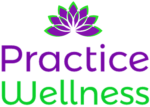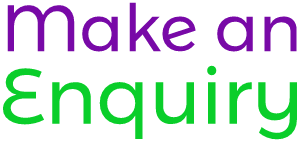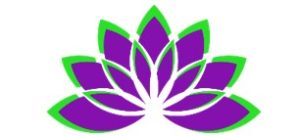Yoga in Sanskrit means union – a union of mind and body. It’s great for de-stressing, strength, balance and flexibility. The two types of yoga that I teach are vinyasa flow and yin yoga. I also teach pranayama – yogic breathing technique. Read more below.
What is vinyasa flow?
Vinyasa is a type of yoga that links movement and breath to attain balance in the mind and body. From the Sanskrit “to place in a special way,” vinyasa aligns a deliberate sequence of poses with the breath to achieve a continuous flow. Inhalation is usually connected to upward, open movements, while exhalation is often tied to downward movements or twists. (Yogapedia.com)
Vinyasa flow is dynamic and the focus is on breath, fluidity, agility, strength and balance. As well as sun salutations, my vinyasa classes usually include elements of meditation, warrior poses, balances and inversions; and occasionally moon salutations. My dynamic vinyasa classes are great for stress relief.
Prenatal and Postnatal vinyasa flow
Because of the numerous physical changes taking place during and after pregnancy, there are some poses that are not recommended for women who want to practice yoga whilst pregnant or shortly after giving birth. Poses should also not be too deep or strenuous. As a qualified prenatal and postnatal yoga teacher, I help my customers to practice and enjoy yoga safely. I teach vinyasa flow including modified sun salutations and other modified sequences.
What is yin yoga?
Yin is a slower-paced, more meditative version of the popular physical and spiritual discipline of yoga. In Yin yoga, the poses are held for a long period of time (typically three to five minutes or longer) to target the connective tissues (such as the ligaments) rather than focusing on the muscles. As a result, the asanas are more passive holds, with little muscular engagement. (Yogapedia.com)
Yin poses are designed to work on a deeper level – physically, mentally and emotionally. We stretch the muscles and connective tissues, improve the flexibility of our joints, balance the two hemispheres of the brain working with the meridian lines of the body as well as prana (the body’s vital energy).
What is pranayama?
Pranayama literally means life force technique – it’s yogic mindful breathing great for de-stressing, expanding the lungs’ capacity, improving your respiratory, circulatory and immune systems! There are different types of pranayama, and the ones we usually practice in my classes are Savitri, Anuloma Viloma (Nadi Shodana) and Bhramari the humming bee breathing technique. Learn more about the importance of yogic breathing in my blog.


